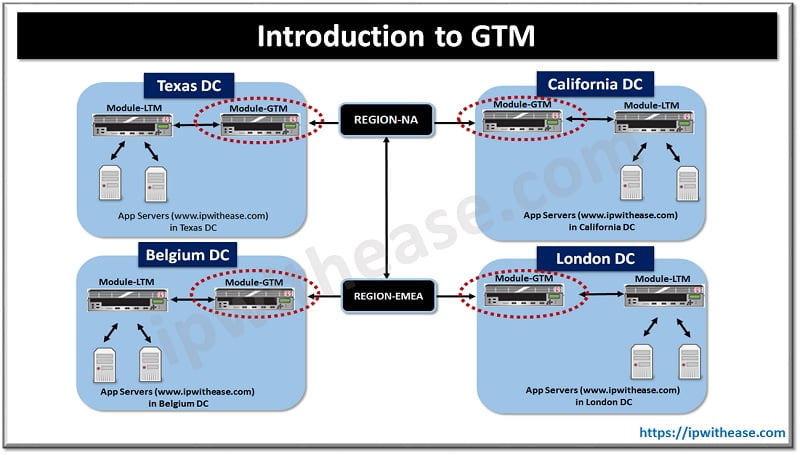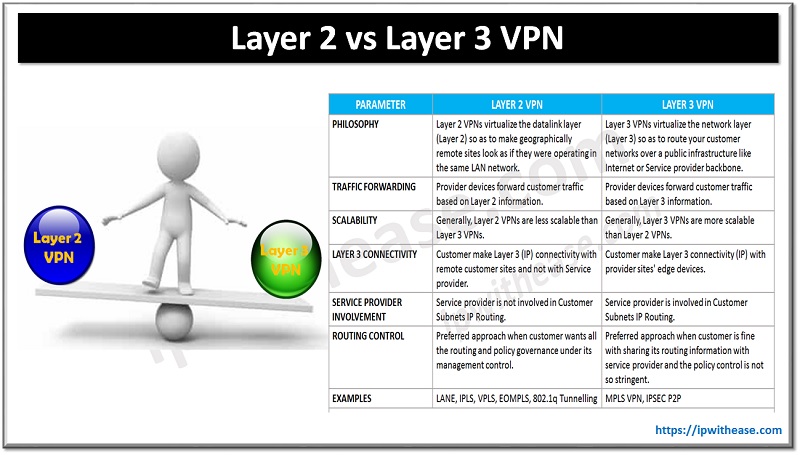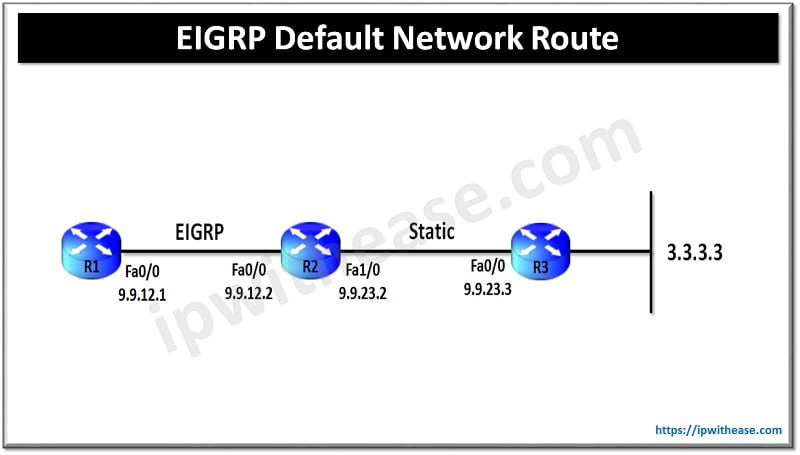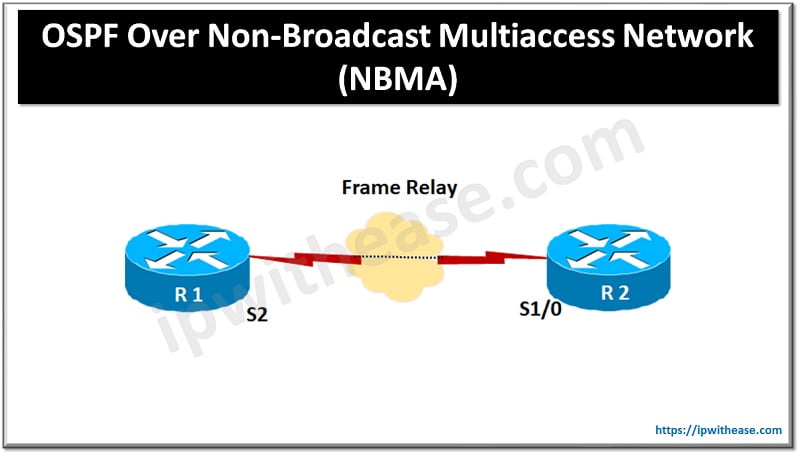
Introduction to F5 GTM
F5 BIG IP platform has functionalities and features which tend to deliver higher performance and at the same time foster improved security. F5-GTM is abbreviation for Global Traffic Manager which works closely with DNS server and provides Global server load balancing to direct traffic between the multiple Data Centers.
Example Scenario
We will consider an example scenario where we have Servers (for website IPwithease.com) which are spanned across globe (Texas DC, California DC, Belgium DC and London DC) to provide easy access to the clients based on their geographical location. Global load balancing for DNS queries will be leveraged so that users have rich experience/ high availability while accessing the website.
F5 GTM provides us functionality to have dynamically distribute request load based on weights derived from Node Metrics such as CPU and memory usage (Dynamic Ratio load balancing based on the ratio defined to each server accordingly to their CPU and memory). F5 GTM distributes user application request and DNS request based on –
- Data Center
- Cloud Service Conditions
- User location
- Business policies and
- Application performance
F5 GTM delivers high performance services with analysis, reporting, visibility. As illustrated in the diagram, we have GTM almost at all the DC’s across globe to provide below features – (Traditional DNS is unable to provide such functionalities) –
- Smart/ Intelligent / efficient load distribution across different geographical area results in substantial improvement in the performance of applications which are hosted globally.
- It has monitors to keep track which server is unavailable and which is available in the load balancing cluster, so that unnecessary request should not go to server which is not available, hence meeting high availability.
- Traditional DNS server load balancing method like Round Robin doesn’t have mechanism to check the utilization or performance of the system. It keeps sending request to the severs regardless of their capacity to accept the connections. GTM addresses this shortcoming by employing dynamic load balancing method.
- GTM validates the entries in DNS and provide error free editing.
- GTM helps to protect DNS infrastructure from DDoS attacks, DNS Hijacking, cache poisoning, these are the common attacks/thread which the DNS server may have. In order to minimize these attacks/threads, GTM enables us to create policies that provide an additional layer of protection for the applications.
- DNS cache can be configured on the GTM module which helps to improve DNS latency by responding immediately to client requests with DNS caching, thereby reducing the number of DNS queries for the same site and henceforth reduces latency up to 80%. It allows device to do its own DNS resolution without requiring the use of upstream DNS resolver.
- GTM provides wider area persistence which ensures user connections persist across applications and datacenters. GTM maintains session integrity, synchronizes data and propagates local DNS.
Continue Reading:
LTM vs GTM- Difference between F5 Global & Local Traffic Manager
ABOUT THE AUTHOR

You can learn more about her on her linkedin profile – Rashmi Bhardwaj



